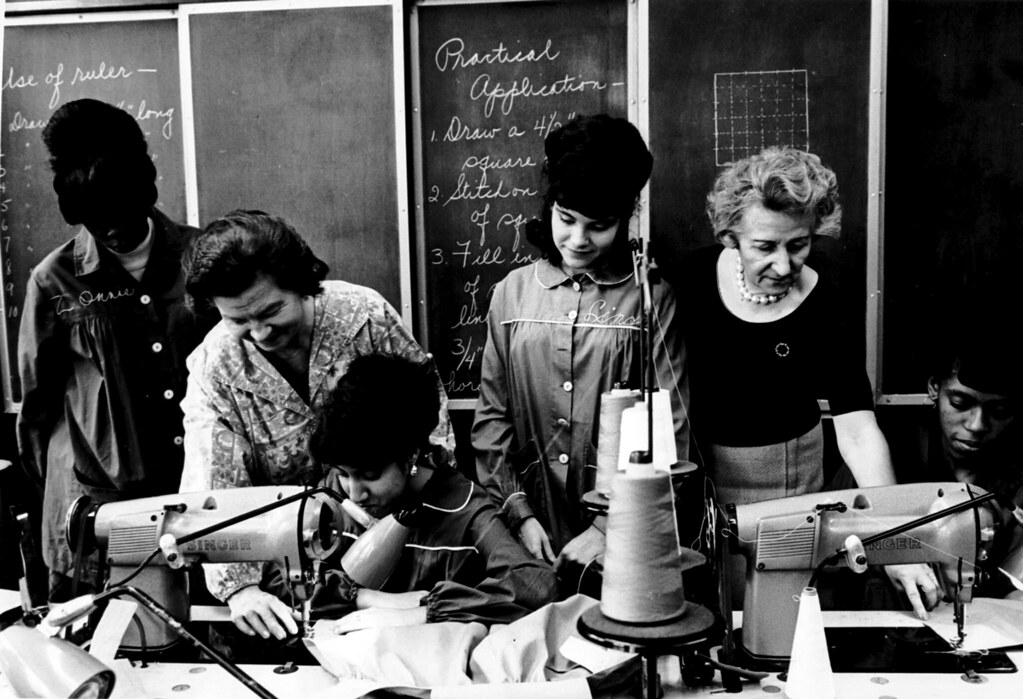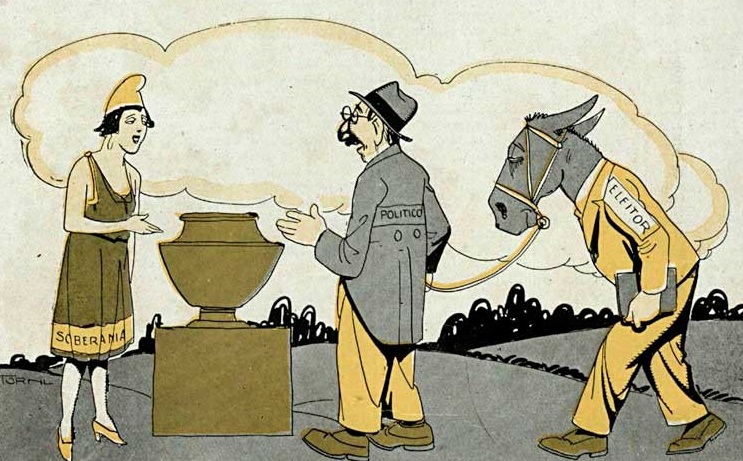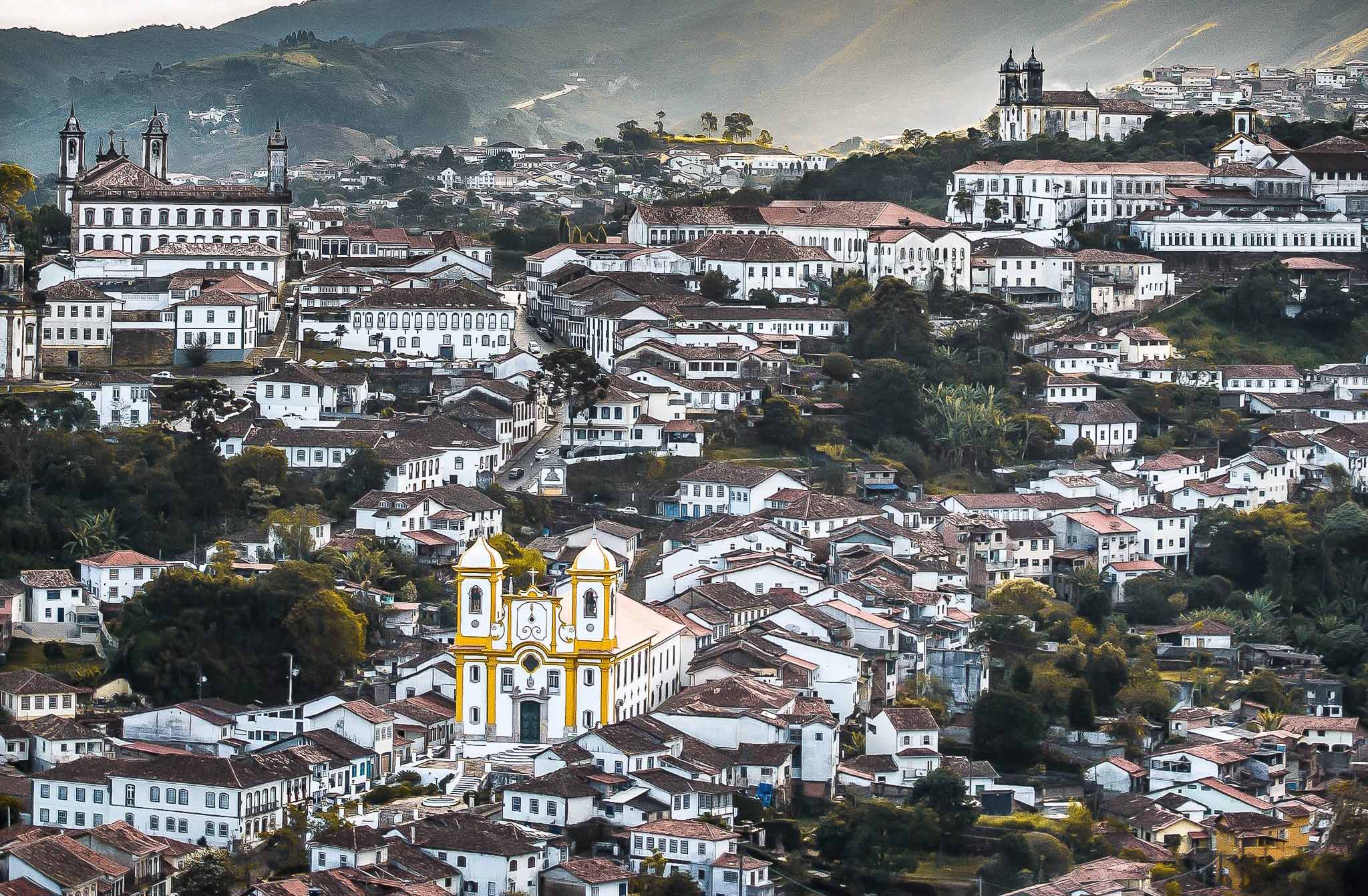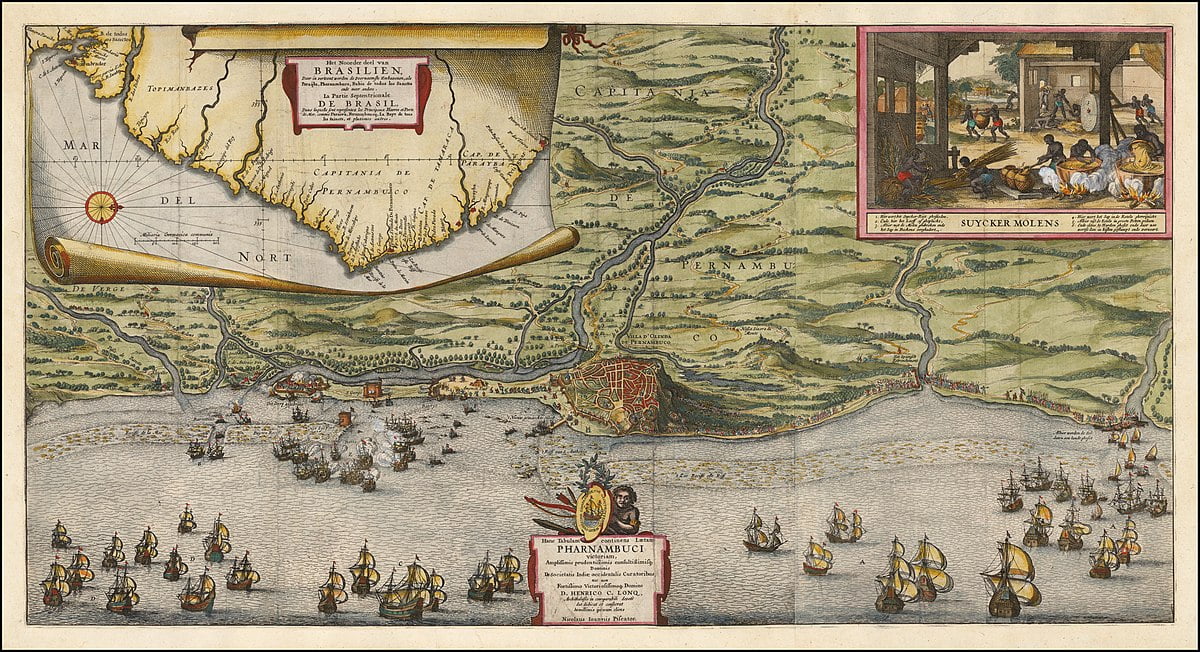[ad_1]
The Industrial Revolution, which occurred during the 19th century, had a significant impact on art and the way it was produced. This revolution not only transformed industrial production processes, but also profoundly influenced the culture, society and, consequently, the art of that time. In this article, we will explore how the Industrial Revolution shaped art in the 19th century, presenting several changes and innovations that emerged during this period.
1. Introduction to the Industrial Revolution
Before we dive into the impact of the Industrial Revolution on 19th century art, it is important to understand the key aspects of this revolution. The Industrial Revolution was a period of great technological advances and social change that began in England in the late 18th century and spread throughout the world.
During this era, there was a transition from artisanal production to mass production, driven by the development of machines and new production methods. The Industrial Revolution also brought rapid urbanization, with mass migration from rural areas to cities in search of work in industries.
2. The transformation of the urban landscape
One of the main changes brought about by the Industrial Revolution was the transformation of the urban landscape. Cities grew rapidly to accommodate the demand for factory labor, resulting in intense urbanization. This change in the urban landscape was a recurring theme in 19th century art.
Artists such as Monet and Van Gogh depicted urban unrest, pollution, and architectural changes in Impressionist paintings. They captured the different shades of light, large-scale industrialization and the daily lives of people in cities in their works, reflecting the transformations of the time.
3. The aesthetics of industrial work
The Industrial Revolution also introduced a new aesthetic related to industrial work. Mass production required a division of labor, leading to the creation of factories and assembly lines. This new reality influenced the way artists portrayed work and workers.
Artists such as Courbet and Millet captured the lives of industrial workers in their realistic paintings. They represented the hardness of the work, physical exhaustion and the lack of adequate working conditions. These works presented an implicit social and political criticism, highlighting the inequalities and injustices of the emerging industrial system.
4. Photography as a form of expression
The invention of photography during the Industrial Revolution also had a significant impact on 19th century art. Photography allowed artists to capture reality more accurately and objectively, providing an alternative to traditional painting.
Photographers such as Nadar and David Octavius Hill documented the social and industrial changes of the time through their photographs. They portrayed factories, workers and city life in a way never seen before. Photography has become a form of artistic expression and an important tool for historical documentation.
5. The search for authenticity and individuality
While the Industrial Revolution brought many changes to artistic production, there was also a search for authenticity and individuality in response to this new reality. Many artists reacted to the standardization of mass production and sought alternative forms of expression.
The romantic movement, for example, emphasized nature, spirituality, and individuality. Artists such as Caspar David Friedrich and John Constable sought a connection with nature, delving deeper into spirituality and transcendentism. They moved away from everyday industrial life and sought inspiration in natural landscapes and historical themes.
Conclusion
The Industrial Revolution had a profound impact on 19th century art. From the transformation of the urban landscape to the new aesthetics of industrial work, to the invention of photography and the search for authenticity, art reflected the social and cultural transformations of this period. The Industrial Revolution changed the way art was produced, introducing new techniques and styles, as well as reflecting changes in society and culture at the time.
References:
– Industrial Revolution – Wikipedia
Frequently Asked Questions (FAQs):
1. How did the Industrial Revolution influence artistic production in the 19th century?
The Industrial Revolution transformed the way art was produced, bringing mass production, intense urbanization and the invention of photography. These changes were reflected in the aesthetics, themes covered and techniques used by the artists.
2. Who were some of the important artists of this period?
Some of the important artists of the 19th century who were influenced by the Industrial Revolution include Monet, Van Gogh, Courbet, Millet, Nadar, David Octavius Hill, Caspar David Friedrich, and John Constable.
3. Did the Industrial Revolution only have negative impacts on artistic production?
No, although the Industrial Revolution brought challenges and inequalities, it also opened up new possibilities for artists and led to the emergence of new forms of expression, such as photography.
4. How did photography change art in the 19th century?
Photography revolutionized the way reality was captured and documented. It allowed artists to record everyday life, social changes and urban landscapes accurately and objectively, becoming a form of expression and an important means of historical documentation.
5. What are the main artistic movements that emerged as a response to the Industrial Revolution?
Some of the main artistic movements that emerged in response to the Industrial Revolution were impressionism and the romantic movement. These movements sought to explore new forms of expression, connect with nature and question the standardization of mass production.
[ad_2]




